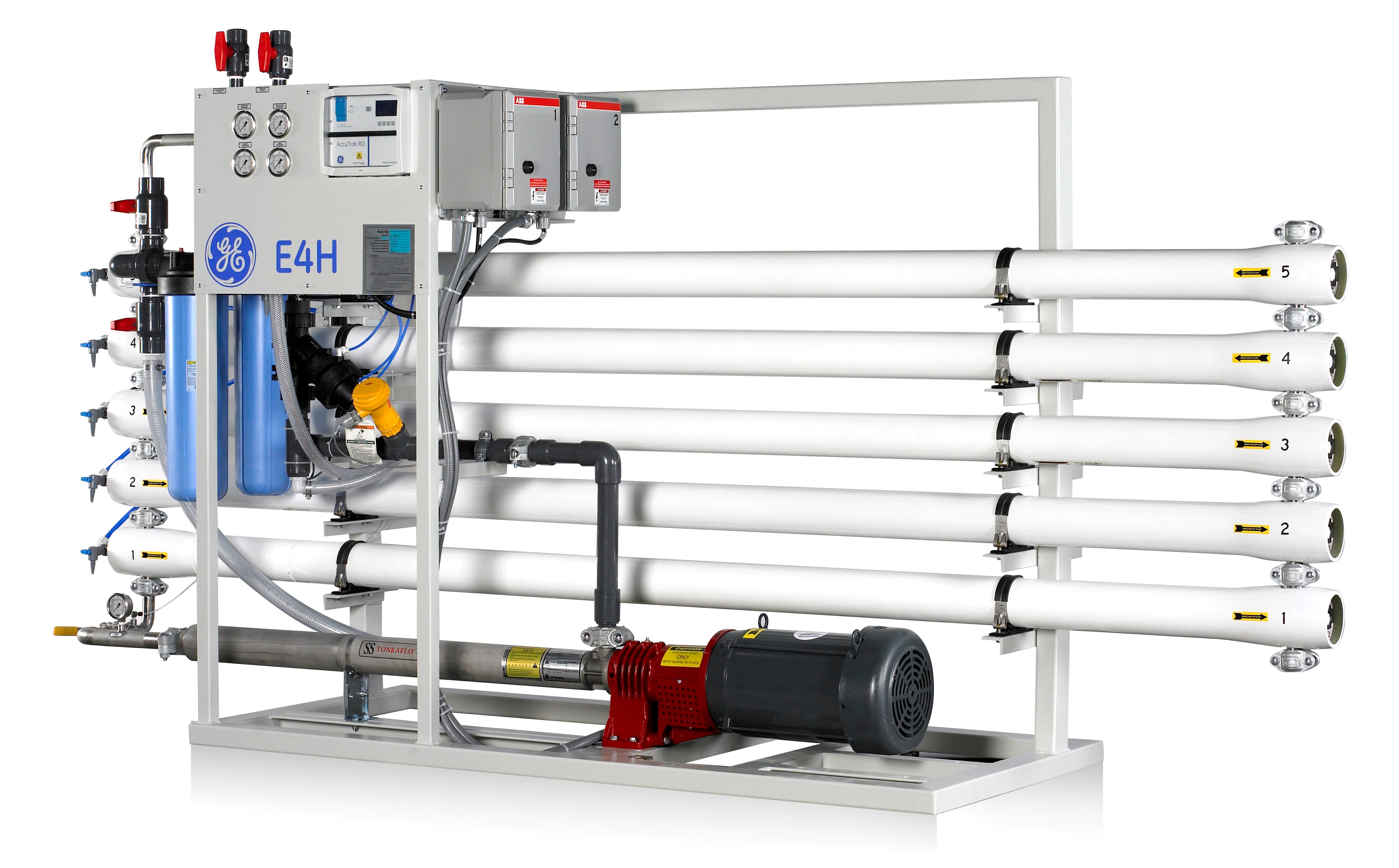Atlas High Purity Solutions summarizes the replacement of an aging two-column deionizer with an RO water system
Challenge: A northern New England-based advanced manufacturing firm generated low conductivity water for several key processes with an aging two-column deionizer. The unit was failing to dose hydrochloric and hydroxide properly resulting in inconsistent conductivity. With more systems coming online, the company needed additional capacity for expansion. They also wanted to move away from the HCl and OH required for regeneration of the two column system.
Solution: The need to replace an antiquated deionizer (often referred to as a two-column deionizer, or two bed deionizer) is a rather common problem in New England. Many of the deionizers we encounter are 40+ years old. When it comes time to replace this equipment, reverse osmosis (RO) is often a consideration as end users are typically eager to eliminate hydrochloric and caustic on site. RO is a much cleaner and safer alternative that often generates equal or greater water quality.
In this instance, Atlas and Pure Flow designed a 20 GPM reverse osmosis-based system to allow for increased capacity beyond the legacy deionizer and the elimination of HCl and OH at the site. The final solution included the following key components:
Atlas and Pure Flow also worked with the customer to eliminate the need for on-site RO clean in place (CIP) in order to avoid any chemical discharge from the equipment. Atlas and Pure Flow provide off-site 4” and 8" membrane cleanings (see Atlas services for details) through our facility in Boston, MA.
